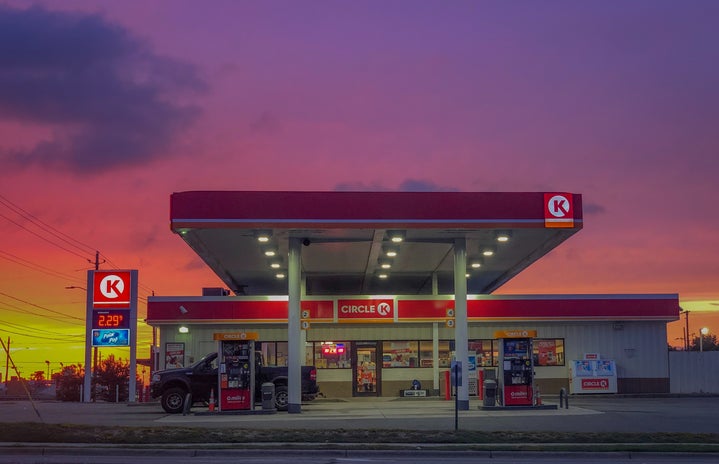It would be in unanimous agreement that the socioeconomic environment, economy and international relations of society have been both chaotic and insecure for the last few years particularly. It’s as though with every corner we turn, despite ambition for recovery from not just the pandemic but countless political and social adversaries’ collapses, we are again in collision with a new foe. This new foe is not a stranger to anyone today, as it affects everyone whether they will admit to it or not. The Russia-Ukraine War is a tragic phenomenon. However, contrary to opinion, it doesn’t just affect the Western world—it’s affecting everyone.
The foremost concern for the United States (U.S.) citizens, other than the obvious one of war involvement, is the soaring prices of gas per gallon. Gas prices were rising considerably prior to the day Russia attacked Ukraine on Feb. 24, and they continue to skyrocket. While this inconvenience pales in comparison to the anguish for both Ukraine and Russian citizens, it is notable that this invasion has trickled down into global financial markets and continues to affect nearly everyone in the U.S.
According to the U.S. Energy Information Administration (EIA), as of January 2019, the average price per gallon was roughly about $2.34 a gallon. As of Tuesday, Feb. 8, the national average for regular gas is $4.32 a gallon, according to American Automobile Association (AAA), and it continues to rise. $4.32 is just the tip of the iceberg; in major cities and counties, the average is even higher. As of Feb. 10, California maintains its lead of $5.69 a gallon, the only state that has gone over the $5 threshold- not including premium, diesel and mid-grade. Florida averages at $4.35 a gallon and continues to fly past the climbing national average. Experts fear, yet ultimately expect, the Russian oil ban President Biden passed to raise the national average to $5 and counting. The previous record was $4.11 a gallon in July 2008, according to AAA. In 2022 with inflation, that’s the equivalent to about $5.24 a gallon.
The real question is why? When the pandemic first began and quarantine restrictions tightened, as would be expected, gas prices significantly declined. There was a much lower demand for gas because most of the country was staying inside, and commuting was not necessary. Thus, oil companies significantly decreased production. However, once vaccines were distributed, people began to commute and travel again almost simultaneously. Therefore, oil companies were already behind in production for the heightening demand from those who sought gas synchronously. When the Russia-Ukraine War was initiated, it was like a dam broke. A risk assessment was added to the price of oil, which made it spike significantly.
Gas prices are reliant on the cost of crude oil. While not much of our crude oil comes from Russia, they are a major producer for the world, and so, oil prices rise globally. Our already struggling financial market was put into further shambles when sanctions banned U.S. banks from transacting with Russian financial markets and again when President Biden most recently announced that he would be banning Russian oil imports. As demand for oil soars and supply diminishes, prices go sky high, and they don’t seem to be dropping anytime soon.
Want to see more HCFSU? Be sure to like us on Facebook and follow us on Instagram, Twitter, TikTok, YouTube and Pinterest!



